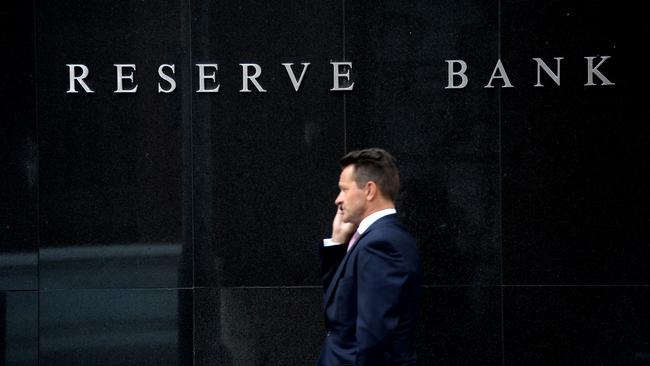
In a market where many analysts are expecting substantial rises in interest rates to curb inflation, Martin Whetton believes that, at around 2 per cent, the Australian and US 10-year bonds yields are near their peak.
Naturally, the CBA strategist attaches all the normal caveats to what is a radical set of conclusions. But the bank’s scenarios caught my attention because, if the conclusions are right, then that’s good news for those investing in parts of the share and property markets as well as buyers of long term debt securities.
Many forecasters and market participants are looking at the current bout of inflation, incredibly tight labour markets and economic growth levels and forecasting big interest rate rises. The CBA scenarios conclude that while cash rates will rise, they are wrong about the overall market indicator, the 10-year bond.
Accordingly, all those investing and taking out mortgages need to compare their predictions with these CBA radical scenarios.
The CBA /Whetton interest rate prediction starts with a series of fact pillars:
– Australian household debt as a percentage of income was just over 60 per cent in March 1989. In the 30 years that have followed, the household debt ratio has trebled to sit above 180 per cent.
– For almost two decades, professional forecasters (and the market broadly) at the start of the year have consistently over-estimated the level of yield that the 10-year bonds would reach by the end of the calendar year.
– In all interest rate cutting cycles, there is essentially a two-pronged response from the household sector. Many consumers repair their balance sheets by using lower rates to accelerate debt repayments. Other households are lured by lower rates to take on additional debt particularly in the housing sector. The upshot is that lower rates are generally accompanied by an increase in leverage in the household sector. This means as rates eventually rise the consumer faces higher payments and a larger chunk of income goes to debt servicing.
– In the last 40 years or so both in Australia and the US, the cash rate cycles have been showing a predictable pattern. With only small exceptions, each successive cyclic high in cash rates has been lower than the previous high, while each successive cyclic low has been lower than the previous low on the charts. The isolated exceptions can be explained by special events.
From these fact pillars the CBA reaches its conclusions, but it adds a carefully worded line about the mistakes that central banks are making that starts with this:
“One idea we’ve been wondering about for a number of years is the possibility that central banks everywhere have been over estimating achievable trend growth”.
In the 1960-2000 period, growth was boosted by financial deregulation and other changes to world economies. But these were once off events that are unlikely to continue in future decades because central banks often seek to restore those peak growth rates and over stimulate. Then comes the CBA’s “thought experiment” that looks so much like recent times.
If a central bank over-estimated the true potential of an economy during periods of moderate economic expansion, officials would likely assess growth as being below potential and cut interest rates.
Consumers and investors would respond by taking on cheaper debt. That consumption would drive prices higher and stimulate inflation. Central banks would raise interest rates, but the newly indebted consumers would be sensitive to rate rises and not many hikes would be needed to slow economic growth back to trend.
The central bank would mistakenly assess growth as being below trend and the cycle repeats.
If we move from the above edited CBA text to my own words, then the essence of the strategist’s conclusion is that the higher debt levels that have been created in previous stimulation cycles mean that the Australian economy will slow down quickly when interest rates rise.
The massive interest rate increases required in previous decades to slow economies like the US and Australia are no longer necessary and in fact would be disastrous.
Accordingly, interest rate peaks keep falling as central banks boost debt levels by overstimulating economies because they don’t understand that past growth rates are not sustainable.
If this scenario is correct then the 10-year bond rate in both the US and Australia will not rise substantially above two per cent because the interest rate increases will be much more effective as a result of the greater levels of household debt.
While that’s good news for markets, the potential for growth in the economy is also less than the market expects so there will be many winners and losers in this very different economic outlook.
What makes the CBA scenario so powerful for me is that it is chillingly close to the Australia’s Reserve Bank recent mistakes that I have been highlighting.




As the market prepares for the Commonwealth Bank’s 2022 interim report, their top fixed interest and currency strategist, has released a remarkable set of conclusions about the future of Australian and US interest rates.